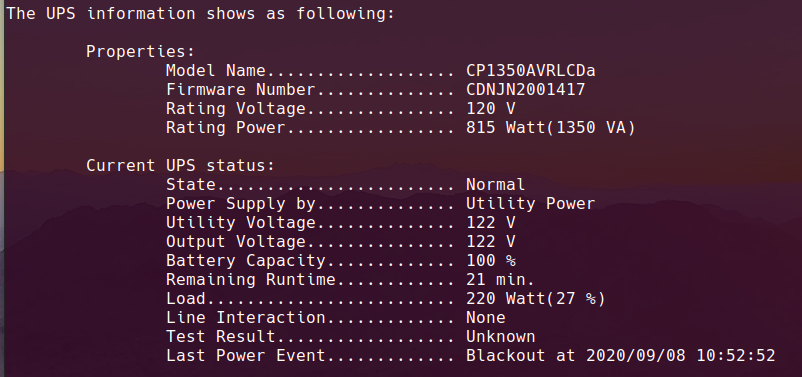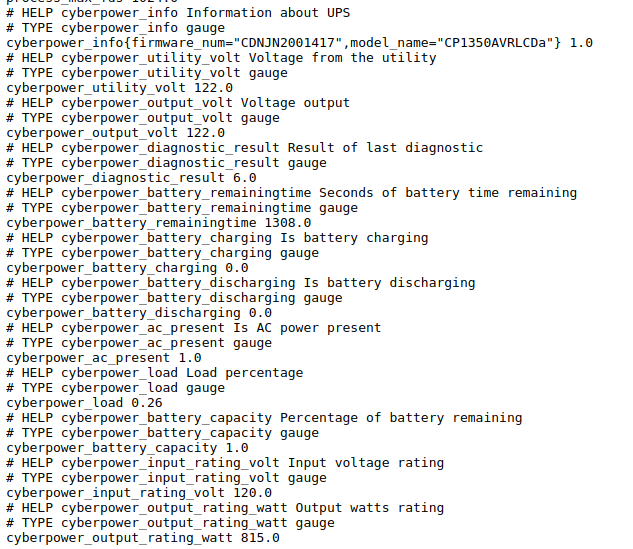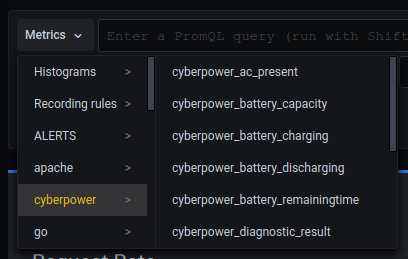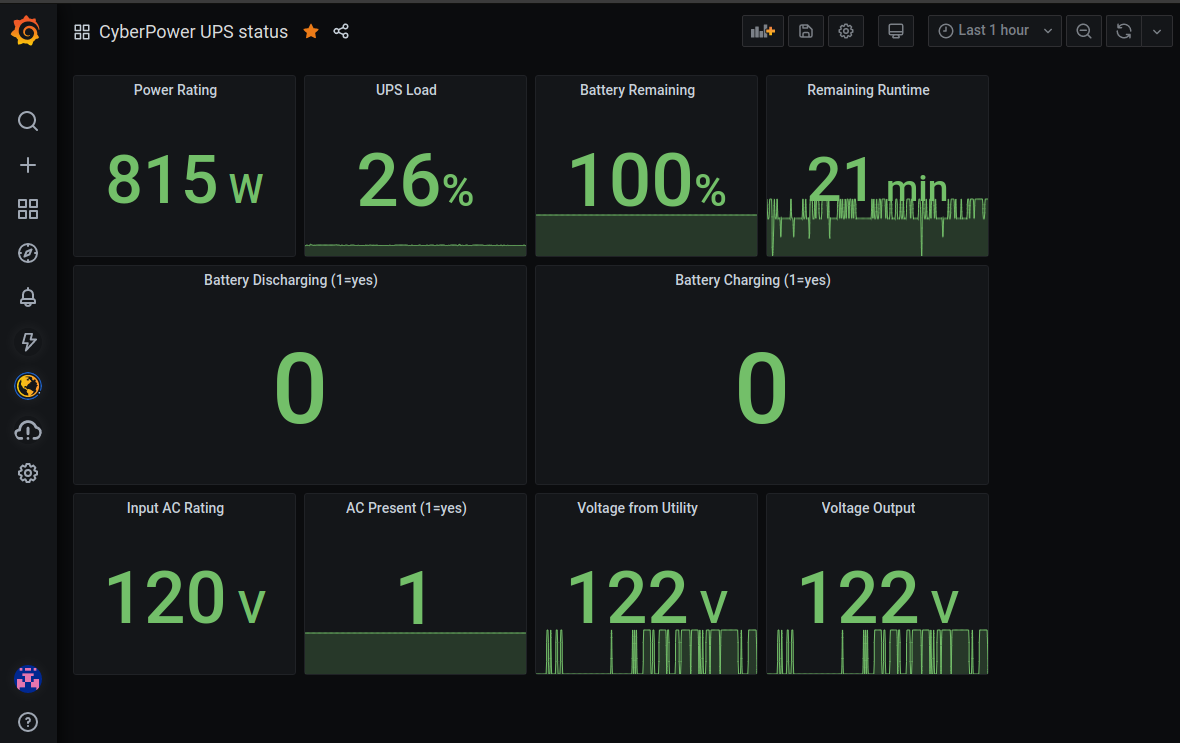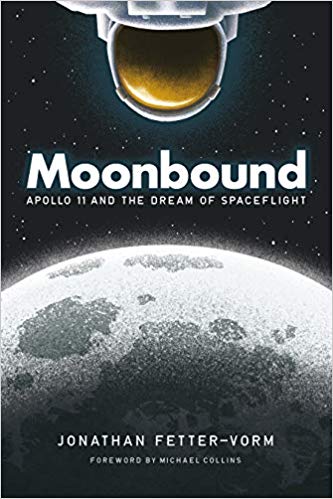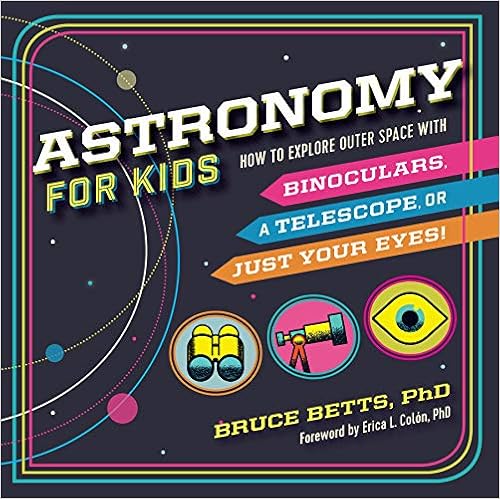I’m writing this post during the COVID-19 era. Officially, society is starting to open up. Unofficially, I think we are about to cause a second, larger wave of viral spreading. Anyway, with my chronic illnesses, I’m staying locked down. As I spend my fiftieth birthday in near-isolation (my older kids aren’t with me –EDIT: they surprised me by visiting!!–, but my wife and youngest kid are) I decided to share some thoughts that lead me here.
Ten years ago I wrote a post about turning 40. Here’s a follow up. This time, instead of sharing specific random things I’ve learned, I am going to share my journey through time, growing into who I am now.
This is long and I don’t know if this is as interesting to others as the post a decade ago, but I think at least some of this is worth chronicling.
Infancy and Childhood
Not much I want to say, except that I had allergies from infancy (seriously, I could only be fed rice and lamb for the first year and a half of my life). I was adopted, so breast feeding wasn’t an option. Also, I’ve always had bendy joints and could do weird tricks because of them.
We moved. A lot. The longest I lived in one place was four years.
My Teens
We continued to move frequently. I attended four different high schools across four cities in two states.
I struggled to fit in. Almost anywhere. Adults liked me, but I didn’t connect to most of my peers. I had a few good friends, but just a handful. That was enough, though, as the friends I had were great.
Through this experience I began to learn the art of diplomacy, speaking to others in their language and style and adjusting how I expressed ideas depending on the audience. Moving as much as I did forced me to learn how to communicate in a new context. Being an only child did as well.
Trying to figure out what I believed about anything was hard. I could see all sides of issues and ideas. That frustrated most people. Religion was difficult, but I tried really hard to follow the one I was raised in, reading all the books and listening to all the speakers I could.
I started experiencing severe pain in my joints. Doctors said, “It’s just growing pains. Here’s some ibuprofen.” It didn’t help. They had no other ideas.
I got my first computer at 11. I started playing guitar when I was 19. I’ve played video games for 42 years as of the time of this post. I first used a mainframe computer when I was 17. My classmates and I, who were studying LISP and supposed to be working on programs, spent too much time playing Rogue.
My Twenties
I found a group of people who treated me with love, respect, and acceptance. That felt good. I learned from them and shared what I had learned.
Religion became more important to me as I learned more and more. The good things shaped me. Questions about many aspects were ignored or set aside as I couldn’t find answers.
The allergies that I had struggled with since infancy continued to impact me and I added new meds. This is when I first began to experience chronic fatigue as well. I saw specialists for chronic pain and was diagnosed with benign joint hypermobility syndrome and told to “suck it up, here’s some ibuprofen.”
I bought my first electric guitar at 20. I started buying broken tube-driven guitar amplifiers in my mid 20s and fixing them. I built my own tube amp at 27.
I did a lot of computer stuff for fun as a hobby. I started writing regularly for multiple audiences. I had dial-up internet access that connected me to a bash shell from which I could check email, browse Gopher, and read Usenet in my early to mid 20s.
My Thirties
I sold nearly everything and moved to Morocco (that’s a long story that is better in person–ask me face to face and I’ll tell it). I lived there seven years. This time honed and shaped my ability to communicate to and connect with anyone, across multiple languages. My three oldest and gene-sharing children were born there. Part of why we moved back was because they were reaching school age.
I moved back to the USA, to Arizona where I grew up. The schools were (still are) grossly underfunded and poorly supported so even great teachers struggle to be effective. That was hard to see and disappointing.
During this time I met a lot of people from different faith traditions. Some were different forms of the religion I grew up in and I learned much from them, including some acceptable and helpful answers to some of my questions. I also started to really get to know people of other faiths. That had a big impact. Before my 30s were over I had left the religion I grew up in. I didn’t lose my faith, but my faith had grown in ways that didn’t allow me to fit there anymore.
My health. Urgh. No positive changes. Doctors tried to help with symptom control, but didn’t understand the causes of my problems, so solving them or helping ease their impact was impossible most of the time.
I played guitar less, mostly because I was busy with work, three small kids and a wife, and trying to learn Arabic well. I did well with those other things, though, at least most of the time.
I did a lot of computer stuff. I first got Ubuntu Linux to install on my laptop in April 2005, when I was 35. It wasn’t the first time I’d used Linux or a UNIX variant, but it was the first time I experienced success installing any form on equipment I owned.
I got my first official tech writing jobs, both freelance and full-time, near the end of my 30s.
My Forties
Libraries are a long-standing love of mine. One of my first jobs in my early 20s while an undergrad was in a library. I noticed that the profession was moving to more of an information science focus, with libraries as a big part of that. I really wanted to learn more about the info side, so I got a master’s degree in “information resources and library science.” No regrets! I wrote three books at the same time. That was insane and I won’t pack so many projects into the same time frame again.
I moved my family to Iowa. The schools are better funded (but not perfectly) and the teachers have a better chance to have positive impacts across a wider set of kids.
I continued as a tech writer and decided this is the career I want: writing for a living, especially about technology.
I enjoyed using computers and exploring new IT technology daily.
I began feeling light headed all the time. I saw lots of specialists from multiple disciplines. Like with my chronic pain, none could find the cause.
I found and met my birth mother. My adoptive parents are the names on my birth certificate, but they told me in a loving way very early on that I was adopted. I feel like I always knew. I never was interested in learning about or meeting my birth parents, until one day in my mid 40s. Meeting her was life-changing in good ways. I met my full-blood sister shortly after. I met lots of genetic family and am in contact with lots of them. This has been wonderful, except that my birth mother died too soon after I met her.
I was divorced after 22 years of marriage. That sucked. I got help from multiple counselors and friends. I feel most sorry for my oldest three kids (they were my only kids at the time). It has been hardest on them, I think.
I spent several months being alone, resting more than I ever have, and even working out regularly. It helped with the lightheadedness, but wasn’t a cure. This was the first time in my life that I lived alone since my early 20s. I had enough energy to take care of myself and felt pretty good. Even so, I decided I would rather use my energy with others around, even if it meant I didn’t have as good of control over my chronic health problems.
I met someone new and married her. Her son is now added to my brood, making it four kids in total.
I started a YouTube channel where I play guitar and sing, because I wanted to learn to sing. Guitar playing is not the star here, and honestly, I don’t play as well as I used to most of the time because the joints in my hand seem to be more hypermobile than they used to be and so it hurts. From the beginning, some videos have been good and some not-so-good. It’s been more than five years and I can see significant progress, but still have some clunkers as I try to push my boundaries.
A long-time online friend mentioned that there have been changes in diagnostic criteria and added diagnoses related to my joints and chronic pain. I decided to follow up. One more specialist later, I was diagnosed with Ehler-Danlos Syndrome (EDS).
Studying and learning about EDS connected every single one of my lifelong chronic health issues. With some prompting from me, I got referrals to other specialists to confirm my suspicions that I had a few common comorbidities.
It turns out that I also have postural orthostatic tachycardia syndrome (POTS) and mast cell activation syndrome (MCAS), which is a really new diagnosis and field of research. I see an Immunology specialist at the university for MCAS, because no one else knows much about it.
That set of diagnoses covers everything from hypermobility to chronic pain to chronic fatigue to allergies to lightheadedness and a few things I haven’t mentioned. It all makes sense, which is a relief even if there is no cure. Also, they had better ideas on how to treat some symptoms. I decided to start reading medical journals on the illnesses and convinced doctors to try some treatments being tested, and those have helped as well.
Life with chronic illness is improving, even if not always easy. Oddly enough, people with EDS tend to look younger than they are while feeling older than they are. Both fit me. I’m also not hiding my illnesses anymore, which is a relief.
My oldest kid turned 18 and graduated from high school not long before I turned 50. I feel proud.
So many changes. I ended the decade a different person. I still hold to the values in the “Turning 40” post, but they were tested, tried, and pushed.
My Fifties (where I’m starting today)
I am content with who I am. I am at peace. That wasn’t true at the start of any decade of my life, except the first one.
I’ve learned that what others think of me is really none of my business and it has lifted a huge burden of trying to please others. I’m trying instead to live in a way where I feel good about who I am when I look in the mirror.
I know what I believe and value in life. I have religious beliefs that are comforting and encouraging, and have learned to embrace some mysteries and laugh at some things that used to puzzle and perplex me. My internal life is simpler and filled with contentment most of the time.
I’m still a Christian, but with a ton of influence from Zen Buddhism and Sufism and other things that have helped me considerably. A local Episcopal Church is my home and filled with kind and accepting people who also consider Christianity their path while welcoming anyone that guides toward God, love, and peace. That feels right, but some people in the group I grew up in would say I’ve fallen away. I’m fine with that.
My career has developed beautifully and I’m happy with it. I love the company I work for now and hope to stay there until I retire someday years from now.
My health is what it is, but so many mysteries about what’s going on have been solved. That brings more peace than I expected. The peace is greater than the frustration over the lack of a cure. Today’s treatments are helping me more than anything I’ve had in the past and I’m feeling better than ever, even on my bad days.
I don’t know what’s next, but I’ve started to stop regretting the past and worrying over the future and trying to embrace the present. It is the path I intend to follow the best I can. Mindfulness is helpful. Learning to let go of “Will I feel good enough to participate in this scheduled event?” fears about tomorrow and scheduling disappointments where people are mad because I won’t/can’t commit to something has been a boon to my mental health and welfare.
I’m good enough. I’m content. I’m embracing the mystery of today.
